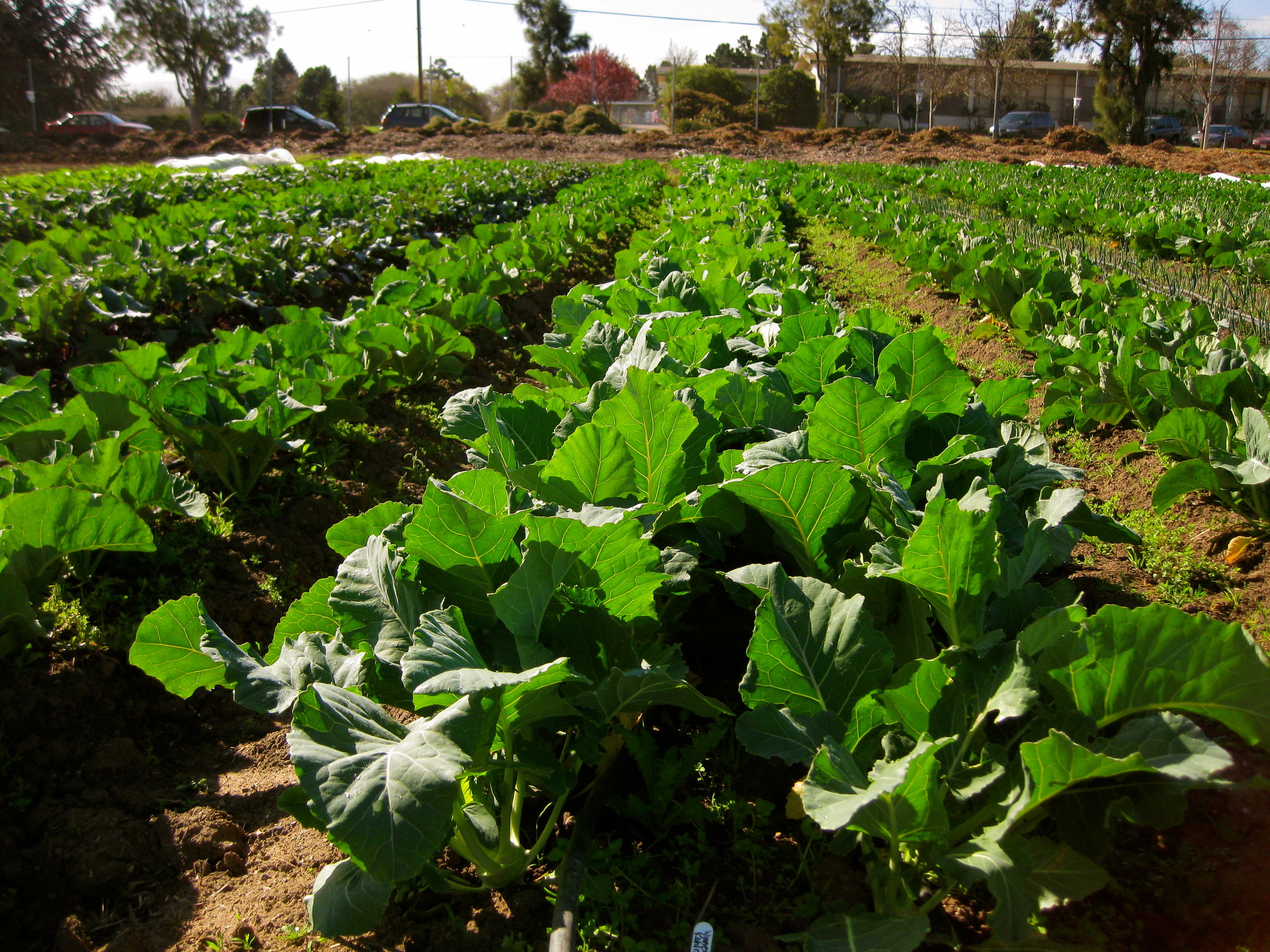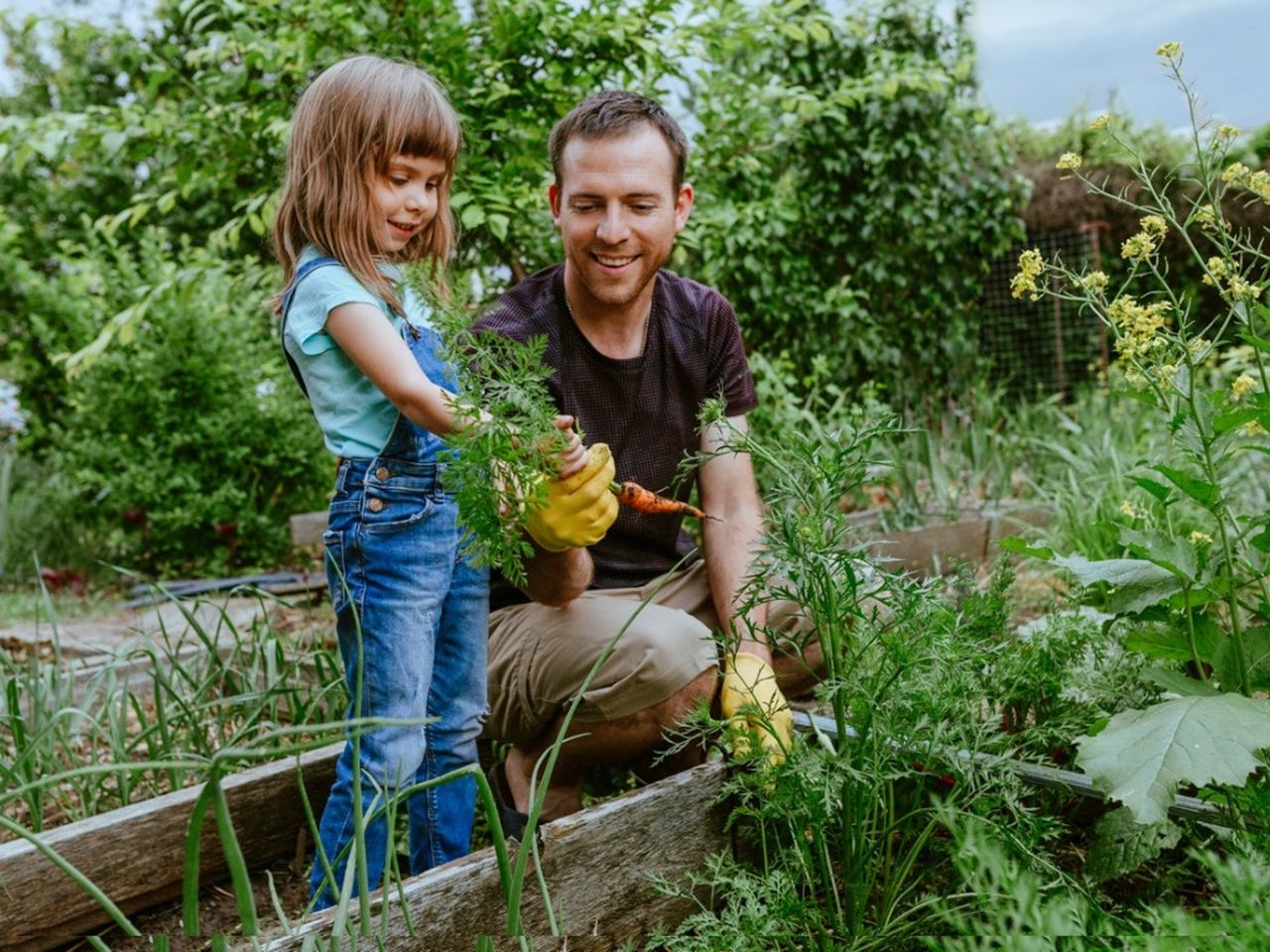Maximizing Yield in Homestead Gardening
Maximizing Yield in Homestead Gardening
Blog Article
Discover Important Tips for Effective Gardening Techniques and Practices
By prioritizing vital elements such as dirt wellness, efficient watering strategies, and ideal plant option, gardeners can create a thriving ecological community that sustains dynamic growth. Numerous lovers forget essential information that can make or damage their gardening success-- checking out these overlooked facets might disclose the secret to growing a growing garden.
Recognizing Dirt Health And Wellness
Dirt wellness is an essential facet of successful gardening, as it straight influences plant growth, nutrition accessibility, and environment equilibrium. Healthy dirt is defined by an abundant biodiversity of microbes, natural issue, and a balanced pH degree, which together produce an environment for plant development.
To comprehend dirt health and wellness, one have to consider its physical, chemical, and biological homes. The appearance and structure of dirt influence its ability to maintain moisture and nutrients, while the chemical structure establishes the availability of necessary elements like nitrogen, phosphorus, and potassium. Routine dirt screening is crucial to evaluate these aspects, permitting gardeners to make enlightened choices regarding fertilizers and changes.
Moreover, promoting organic task within the dirt is vital for maintaining its health and wellness. Practices such as composting, plant turning, and making use of cover plants can boost microbial variety, boost nutrient biking, and reduce soil erosion. By prioritizing soil health, gardeners not only optimize plant growth however additionally add to a lasting ecosystem, ensuring that their gardening methods are environmentally accountable and durable gradually.
Effective Sprinkling Techniques
Ensuring that plants receive the appropriate quantity of water is essential for their wellness and development, especially when coupled with a solid structure of dirt health and wellness (Homestead Gardening). Effective watering strategies can dramatically influence plant vitality, decreasing water wastage and advertising ideal development
One basic technique is deep watering, which urges roots to grow much deeper into the dirt, enhancing dry spell resistance. This technique generally entails watering less often but in bigger quantities, enabling moisture to permeate the root area thoroughly. Timing is likewise essential; morning is the perfect time to water, as it decreases evaporation and permits foliage to completely dry during the day, minimizing disease dangers.
Additionally, utilizing compost can assist preserve soil dampness and regulate temperature level, further helping reliable sprinkling techniques. Using a drip irrigation system can likewise give targeted wetness straight to the origins, guaranteeing that water gets to where it's most required while conserving resources.
Monitoring rains and dirt wetness degrees can direct adjustments in your watering routine, making certain plants get regular hydration without over-saturation. By adopting these effective watering methods, garden enthusiasts can cultivate a growing environment for their plants to grow.
Plant Option and Positioning
Just how can the right plant selection and tactical positioning change a yard right into a prospering ecological community? The harmony in between plant varieties and their placement is vital for developing a dynamic yard. When choosing plants, take into consideration aspects such as climate, soil type, and sunlight direct exposure. Indigenous types are often the most effective choice as they are adapted to local conditions and require much less upkeep.
Strategic positioning involves arranging plants according to their development routines and requirements. Taller plants ought to be positioned at the rear of borders to avoid shading much shorter plants. Furthermore, grouping plants with comparable water and light demands can enhance their development and minimize competition for sources.
Including a diversity of plants not just includes aesthetic allure however also advertises biodiversity, drawing in advantageous insects and pollinators. Take into consideration the seasonal modifications in your garden; pick a mix of perennials, annuals, and evergreens to make certain year-round rate of interest.
Lastly, keep in mind to assess the fully grown size of plants prior to planting to stay clear of overcrowding and make certain appropriate air circulation. Thoughtful plant choice and strategic placement develop a harmonious setting, allowing your yard to thrive while decreasing difficulties.
Parasite and Illness Monitoring
Effective bug and condition administration is essential look at here for preserving a healthy and balanced garden environment - Homestead Gardening. A proactive method, incorporating cultural, organic, and chemical strategies, can dramatically decrease the effect of pests and illness on your plants

Organic controls, such as presenting helpful insects like ladybugs or predative mites, can keep insect populaces in check without damaging the environment. Furthermore, keeping plant health through proper watering, fertilization, and pruning will boost their strength against illness.
When treatment is necessary, opt for targeted chemical treatments, guaranteeing to comply with application standards to decrease injury to non-target organisms. Constantly focus on sustainable methods, as they promote long-lasting yard health and wellness and environmental balance. By integrating these approaches, garden enthusiasts can effectively take care of illness and insects, ensuring thriving plants and an effective yard.

Seasonal Maintenance Practices
In spring, focus on dirt preparation by screening pH levels and including required modifications. On a regular basis examine arising plants for insects and conditions.
As summertime approaches, make sure sufficient watering while keeping track of for indicators of anxiety or condition. Prune back disordered plants to encourage air blood circulation and reduce moisture around vegetation. This practice not just enhances plant health and wellness yet also advertises blooming and fruiting.
With the arrival of autumn, it's time to get ready for winter. Tidy up dropped leaves and debris to stop parasite infestations, and take into consideration planting cover crops to enhance dirt health. This season is additionally perfect for splitting perennials and growing spring-flowering light bulbs.
Conclusion
Effective gardening rest on the integration of sound techniques in dirt health, watering, plant choice, bug monitoring, and seasonal maintenance. By prioritizing soil screening and microbial variety, using effective watering methods, and picking ideal plants, garden enthusiasts can create flourishing environments. In addition, aggressive my response parasite management and diligent seasonal upkeep contribute substantially to overall garden vitality. Embracing these methods fosters a lasting and effective gardening atmosphere, ensuring prospering development and strength throughout the transforming periods.
By focusing on crucial aspects such as soil health, reliable sprinkling techniques, and appropriate plant option, garden enthusiasts can create a thriving ecological community that sustains our website dynamic development. By focusing on soil wellness, gardeners not only maximize plant growth but additionally contribute to a sustainable environment, guaranteeing that their gardening methods are resilient and ecologically responsible over time.
Taller plants need to be placed at the back of boundaries to avoid shielding much shorter plants. Clean up dropped leaves and debris to stop bug problems, and consider growing cover crops to improve soil health and wellness.Successful gardening joints on the integration of sound techniques in soil health and wellness, watering, plant selection, bug management, and seasonal maintenance.
Report this page